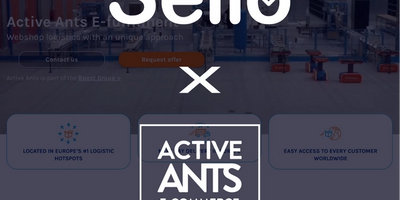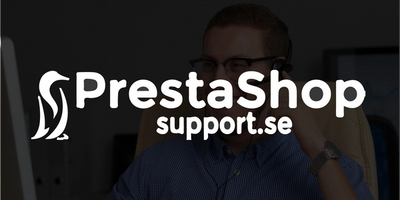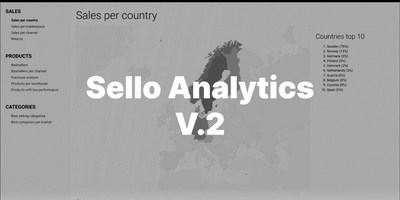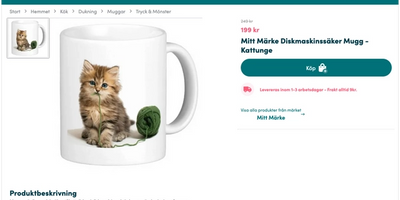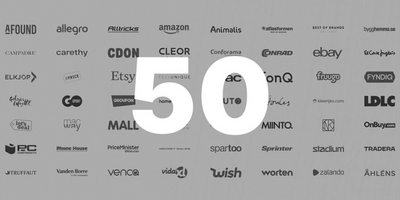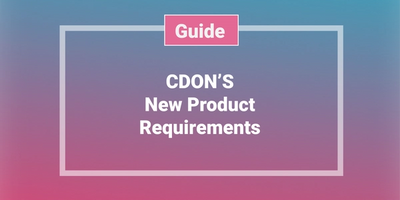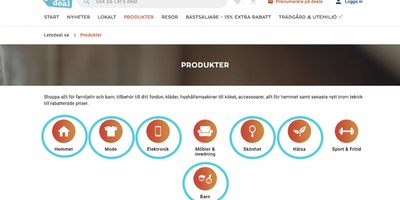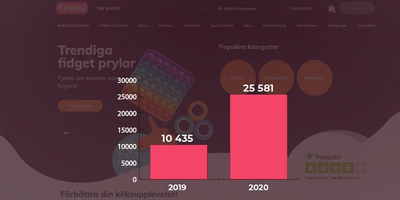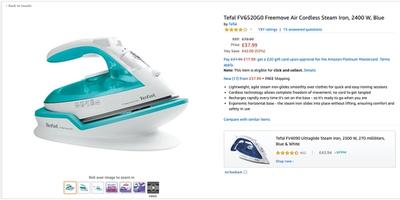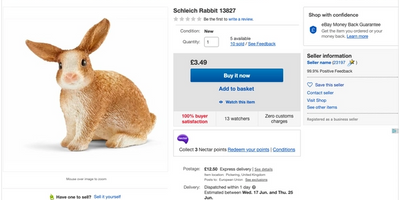GTIN/EAN/UPC
What is it? Why do we need it? What's the difference?

2022-02-15
By Mikaela Berglund
Recently, we have received many questions related to GTIN/EAN/UPC, hence we contacted GS1 Sweden to get more information on the subject and enrich the answers to these questions.
This article will therefore go through the following areas:
- What is GTIN/EAN/UPC?
- The difference between these
- Can several product variants have the same GTIN?
- If different parts belonging to a product need to have different GTINs?
- Why do you need unique identifications on your products?
- Required for certain marketplaces
- Advantages of having it
- How to get GTIN/EAN/UPC on your products
What is GTIN/EAN/UPC?
Have you ever reflected on what it would be like if there were no barcodes on products in e.g. the grocery store? Would the cashier have to enter the price of all products manually using price tags? - Probably, because that's how it was before.
Communication is essential in many areas, including trade. In order for the entire supply chain to be able to communicate in a fast, smooth and simple way, it is required that these parties can communicate in the same common business language, this is where GTIN comes in.
If you look at a barcode, you will see that it contains bars and spaces as well as numbers, it is the numbers that are the so-called identification code, ie. the GTIN itself.
We asked Louise at GS1 Sweden if she could help us define GTIN:
"GTIN (Global Trade Item Number) is a GS1 item number used to give articles, packaging, and services a globally unique identity. Using the number, you can create a barcode which can then be read with a scanner. GTIN is a globally unique product ID. This means that the risk of products being confused with each other is minimized. For a salesperson in a marketplace, the GTIN provides several business benefits in the form of a higher share of purchases, exposure in Google Shopping ads, and better visibility and searchability for consumers." Says Louise Flink, Sales and Client Relations Manager at GS1 Sweden.

What is the difference between GTIN/EAN/UPC?
“EAN (European Article Number) and UPC (Universal Product Code) is both barcode markings that represent your GTIN. UPC is a 12-digit barcode used in North America to identify most products. The rest of the world uses 13-digit EAN barcodes to identify products. However, both types of barcodes are part of GS1's international standards, so both are accepted globally. ”Says Louise Flink, Sales and Client Relations Manager at GS1 Sweden.
Sello supports all barcode markings and can help you retrieve them automatically under either the GTIN, EAN, UPC field. For some marketplaces, it is vital that the barcode comes in under the correct field. If you've entered an EAN code under the field GTIN in Sello and activated the product against Amazon, it will be denied as GTIN must be 12 digits long according to Amazon (ie a 12 digit UPC code is required). The same applies if you enter a UPC code under the field EAN and activate the product against Zalando, then you will also receive an error message that says that EAN must be 13 digits long.
Can several variants have the same GTIN?
A common misconception that we have noticed that many do is to specify the same GTIN on several product variants. Even if it is the same type of product but in a different color/size/model, each variant must have a unique GTIN. This is because each GTIN represents a unique product.
"Every time you make a new type or variant of a product, you have to use a new GTIN to identify it and to avoid confusion - and this is especially helpful when resellers order from you." Says Louise Flink, Sales and Client Relations Manager at GS1 Sweden.
I have products that consist of several different parts, does each part have to have its own GTIN?
If you have a kit with different parts which together form a single product, the product must have its own bar code (GTIN). If the parts are sold separately, each part needs to have its own GTIN, ie. a separate barcode.
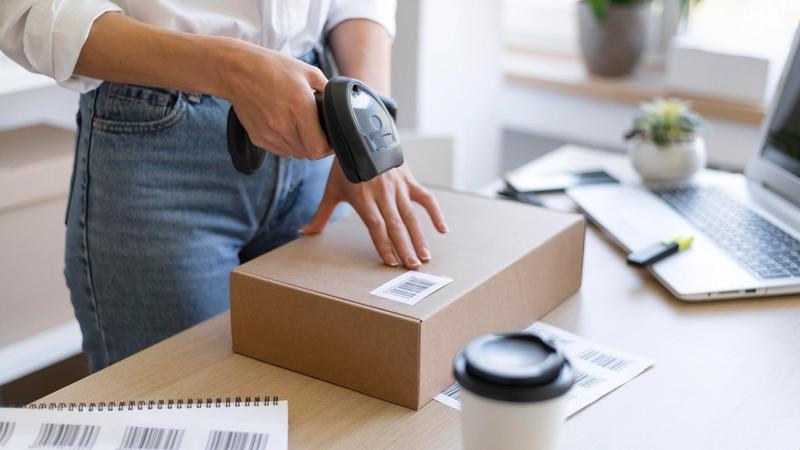
Why do I need to have GTIN on my products?
Many marketplaces require sellers to have GTIN and unique barcodes from GS1 on the products as they use this to identify the products. This not only applies to marketplaces but most online retailers also require this. This is because it facilitates their work of identifying, tracking, and sharing information about the products.
Mandatory for certain marketplaces
Some marketplaces require you to have a barcode on your products, examples of such marketplaces are Amazon, Zalando, Åhléns, etc. However, there are a few marketplaces where you as a seller can get exceptions regarding the barcode. If you e.g. sell products under your own brand, a marketplace such as Fruugo can still choose to approve your products.
Another such marketplace is CDON, in October 2021 they introduced requirements for Brand, EAN, and MPN. But if you enter MPN (Manufacturer Part Number) on the product, you can avoid the requirement for EAN as CDON approves that you only have the manufacturer's part number (MPN).

Advantages with GTIN:
There are several advantages to having GTIN on your products in addition to the fact that most marketplaces require it. We asked Louise at GS1 Sweden to list benefits for both sellers and for marketplaces:
Seller:
- Better visibility and searchability for consumers.
- A higher percentage of conversions, higher purchase frequency.
- Exposure among Google's Shopping campaigns and in Google's organic search results.
- Linking to other data sources such as videos, digital reviews, etc.
- Efficient delivery flow.
Marketplaces:
- Better shopping experience
- Improved price comparisons with GTIN
- Higher data quality in the product catalog
- Minor duplicate listings in the product catalog
- A minimized risk with counterfeit products
How do I get a GTIN for my products?
We recommend that you contact any GS1 organization to obtain a unique GTIN. If you create your own barcodes, there is a great risk that your product will be mixed with a completely different one, and you want to avoid this to the highest degree. GS1 Sweden has a step-by-step guide on how to get GTIN on your products, you can find this guide here.




